Deep underground, where underground structures are designed to withstand bomb attacks, a quiet but fierce confrontation is taking place between two seemingly unrelated fields: construction materials technology and ballistic engineering.
As nations acquire strategic underground infrastructure with the goal of protecting it from military attack, the development of penetrating bombs has become a vital part of defense and deterrence strategies.
However, modern concrete technology is posing an unprecedented problem: how powerful a weapon is enough to penetrate this state-of-the-art protective shell?
Bunker-buster bomb: The “steel chisel” of the 21st century
Bunker buster bomb is the general name for a weapon specially designed to penetrate thick layers of rock and concrete to attack structures hidden deep underground.
Unlike conventional bombs, these bombs have an outer shell made of super-hard steel, a tapered tip to optimize impact pressure, and a large mass to create extremely strong penetrating force.
One of the typical representatives of this weapon line is the Massive Ordnance Penetrator (MOP), a bomb weighing up to 13,600 kg that can currently only be deployed from the US B-2 strategic bomber.
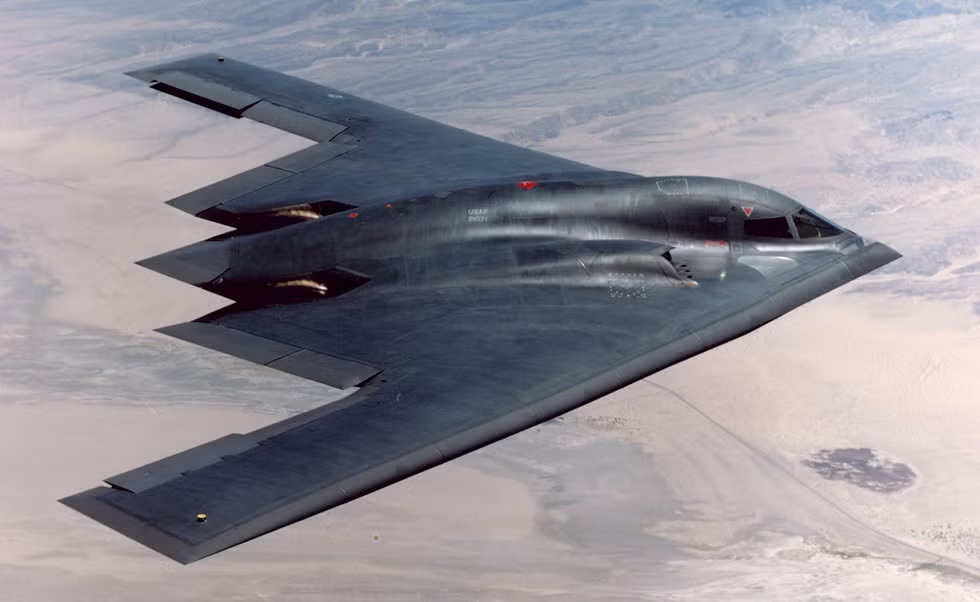
On June 21, the US Air Force used six B-2 bombers to drop 12 bunker-busting bombs on Fordow, Iran's most important nuclear enrichment facility (Photo: Getty).
MOPs are designed to penetrate tens of meters of rock and concrete before detonating. The bomb's casing is made from a special steel alloy (Eglin Steel or USAF‑96) that helps maintain its structure during high-speed impacts, while the core contains approximately 2,400 kg of high-yield explosives such as AFX‑757.
Guided by a highly accurate GPS/INS navigation system and using a smart fuse that can be activated by depth, the MOP is capable of precision strikes on heavily protected underground facilities such as nuclear facilities or strategic command centers.
With the ability to penetrate tens of meters of rock or reinforced concrete, MOP and other bunker-buster bombs are considered the ultimate solution for hardened targets. But materials experts say today's targets are no longer as vulnerable as they once were.
“Nowadays, even MOPs cannot penetrate modern bunkers,” warned military expert Dr. Gregory Vartanov.
Breakthrough in defensive materials "defends" attacks
In one reported incident in the late 2000s, a bunker-buster bomb dropped on an underground facility in Iran actually failed to explode, but instead stuck in the concrete. It stopped abruptly, as if hitting an invisible shield.
The reason lies in UHPC (short for Ultra-High Performance Concrete ), or "ultra-high performance concrete". This is a breakthrough in construction technology, especially in the field of protecting underground structures from explosions and penetrating forces.
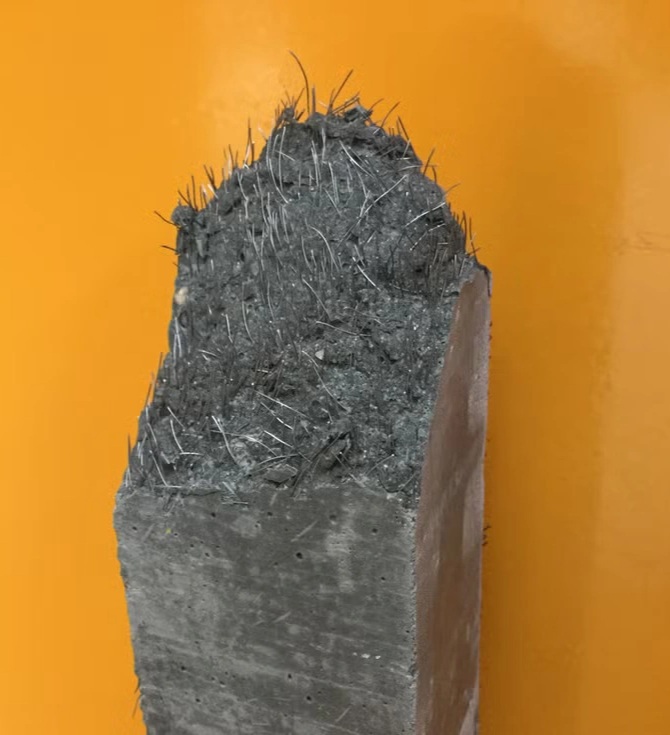
A sample of ultra-high performance steel fiber reinforced concrete (Photo: Wikimedia Commons).
According to experts, while traditional concrete has a compressive strength of about 5,000 psi, UHPC can exceed 40,000 psi thanks to its ultra-fine grain structure and reinforcement system with steel or polymer microfibers.
What’s special is that UHPC is not only stronger but also more flexible than regular concrete. The microfibers act as an anti-cracking network, preventing cracks from growing into larger cracks that weaken the structure.
Instead of shattering under strong impacts, UHPC creates small, controlled cracks that absorb and disperse impact energy, according to Dr. Stephanie Barnett from the University of Portsmouth.
This means that even if the bomb has enough force to penetrate the concrete, the remaining energy after impact is not enough to destroy the structure inside. And if the bomb casing is damaged before the detonator is activated, it can be completely disabled.
In tests, UHPC proved surprisingly effective at causing penetrator warheads to ricochet or fail to detonate, turning them into "useless chunks of iron."
Not stopping there, a new generation of materials was also born with the same goal, called FGCC ( Functionally Graded Cementitious Composites ). This is a type of functionally graded concrete, in which each layer has its own task, from initial impact resistance to energy absorption and structural stability.
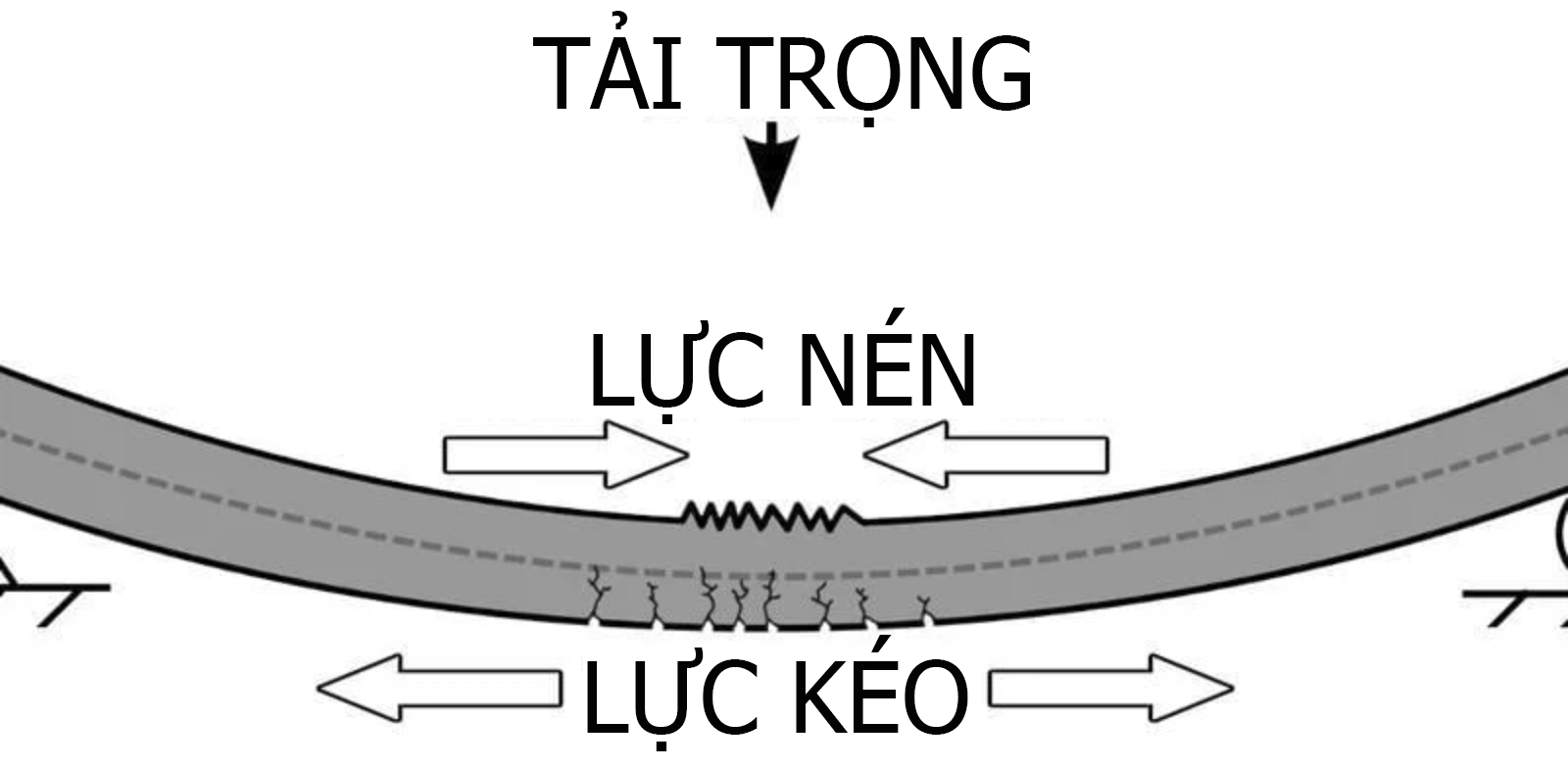
Describes the impact of force on a material.
A typical FGCC structure has an outer layer made of UHPC with super-hard properties to destroy the warhead, a thick and highly elastic middle layer to dissipate kinetic energy, and an inner layer reinforced with steel fibers to prevent flying fragments from entering the protected area.
Research published in the Chinese Journal of Cement Materials in 2021 shows that FGCC is capable of reducing penetration depth by up to 70% and severely limiting the damaged area compared to single-layer UHPC.
This layered design was actually inspired by biological shells available in nature, such as turtle shells, clam shells... The common characteristic of the protective layers is that they have different degrees of hardness and softness, thereby combining to repel external attacks.
Dr Phil Purnell, a concrete expert at the University of Leeds, said the layering technique not only better absorbs impact energy but also significantly slows the propagation of cracks, which is key to maintaining the integrity of the structure.
Materials Science : The "Silent Arena" of the 21st Century
Modern history has seen defense materials repeatedly challenged by military technology. During the 1991 Gulf War, Iraq’s underground command bunkers were considered impregnable because of their thick layers of reinforced concrete.
When 2,000-pound bombs proved ineffective, the US was forced to build a new bomb in just six weeks, using an old gun barrel as a casing and successfully penetrating more than 6 meters of concrete in field testing.
However, with the advent of UHPC and FGCC, the tide has turned. What was once the pinnacle of penetration can now be rendered ineffective without major improvements in weapons or tactics.
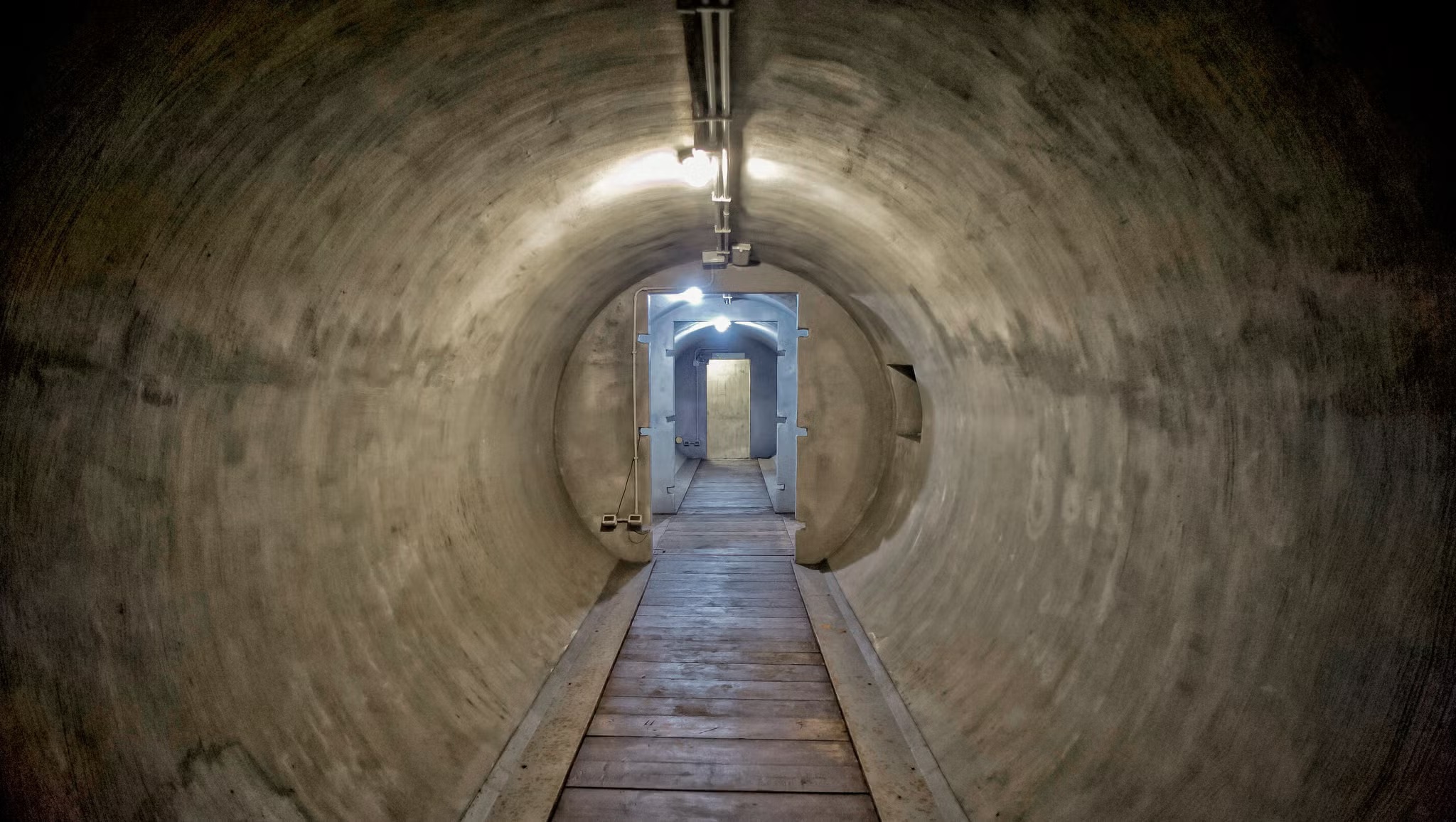
Bunkers at key facilities are becoming more resilient, challenging conventional armor-piercing bombs (Photo: Popular Mechanics).
As the size and weight of bombs have reached the maximum threshold that aircraft can carry, many experts believe that underground warfare will no longer be a story of giant bombs.
Instead, tactics targeting weak points such as doors, communication systems, ventilation... will become the new priority. The military is also looking at hypersonic weapons with speeds exceeding Mach 5, carrying non-explosive tungsten penetrators, with the goal of penetrating multiple layers of material like an "armor piercing bullet".
Dr. Justin Bronk from the RUSI Institute (UK) commented that in many cases, simply cutting off communication or disabling the operational capabilities of a bunker is enough to achieve strategic goals, even if its physical structure remains intact.
Obviously, the race between weapons technology and defensive materials is not only about destruction and protection, but also a symbol of modern scientific progress.
There, the battle lines are not only on the ground or in the sky, but also in materials research laboratories, where every grain of cement or steel fiber can contribute to deciding the outcome of future wars.
Source: https://dantri.com.vn/khoa-hoc/be-tong-doi-dau-bom-xuyen-pha-bai-toan-hoc-bua-trong-chien-tranh-hien-dai-20250702145508267.htm




![[Photo] Cat Ba - Green island paradise](/_next/image?url=https%3A%2F%2Fvphoto.vietnam.vn%2Fthumb%2F1200x675%2Fvietnam%2Fresource%2FIMAGE%2F2025%2F12%2F04%2F1764821844074_ndo_br_1-dcbthienduongxanh638-jpg.webp&w=3840&q=75)





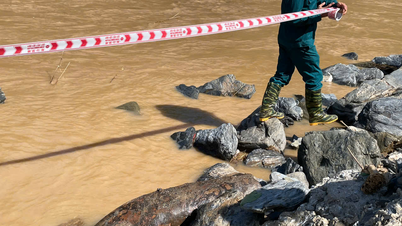

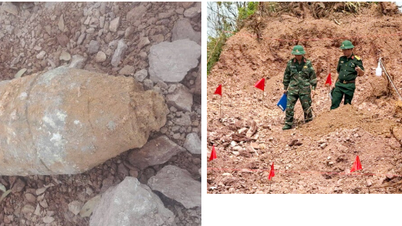
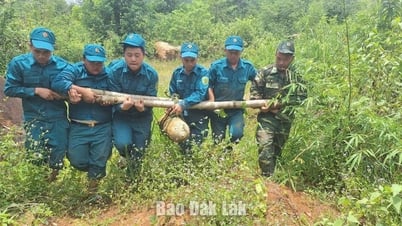

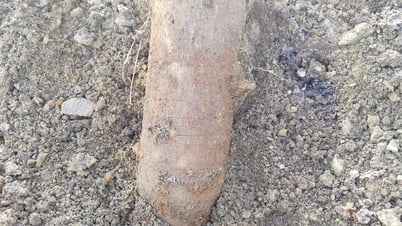


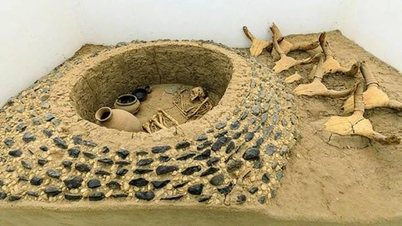























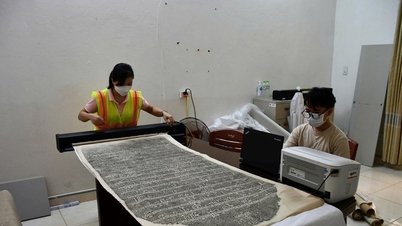




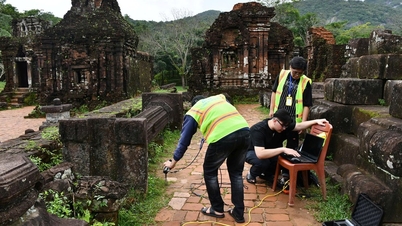














![[VIMC 40 days of lightning speed] Da Nang Port: Unity - Lightning speed - Breakthrough to the finish line](https://vphoto.vietnam.vn/thumb/402x226/vietnam/resource/IMAGE/2025/12/04/1764833540882_cdn_4-12-25.jpeg)



















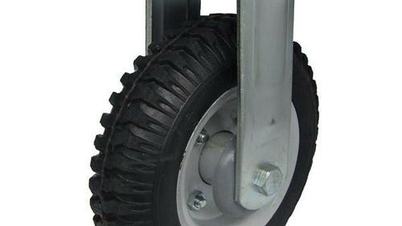


























Comment (0)